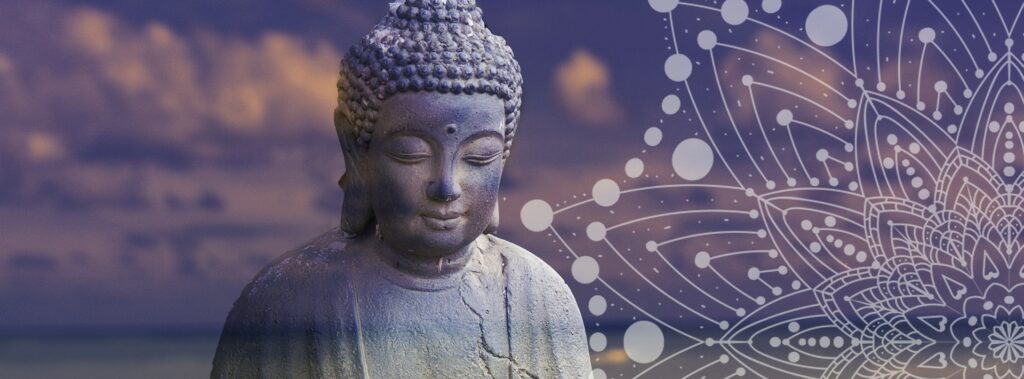
How do I relieve stress and pressure from my daily life? How do I relax and think clearly? I need to break the day’s fast pace for a moment of solace. What can I do? The answer is easy, daily meditation.
Regular relaxation and meditation allow the mind to analyze, learn and understand. Use meditation as a pressure value to help regulate your emotional well-being. Like all things you learn in martial arts, it’s a skill to be developed over time.
Mental Focus
Things that are important to you should receive your focus and attention. Daily mediation will allow you to channel your emotional resources to those things. By maintaining your focus and allocating emotional and mental resources to the most critical items, you become centered. With the essential matters handled, you’ll find yourself content and happy. When you are mentally centered, it leads to spiritually and emotionally centeredness.
How to Mediate
Sit in a comfortable position with a straight back. Hunching your back reinforces lousy posture and is terrible for meditation. You must first relax your body and mind. An excellent technique for relaxing the body involves clenching the fist and then release. That draining feeling is soothing. Experience the emptiness.
The next step is to visualize the qi flowing through your body. Imagine it seeping up through the ground into your body. The qi will flow up your back and then down into your lower stomach. From there, the qi will flow up the front of your body and out of the mouth. Down into the earth and visualize it starting again. Remember to breathe and relax.
Diaphragmatic Breathing
In martial arts (and in meditation), it is never proper to breathe using your chest. The chest should remain still. Use the stomach muscles to drive your lungs. Breathe in through the nose. Keep filling the lungs until there is no more room. You can find more room by sticking out your stomach.
Now, gently breathe out through your mouth with one steady, effortless flow. Push the air out using your stomach muscles. Imagine your stomach as a bellow, forcing the air out of your mouth. Stay relaxed.
Once you can do the diaphragmatic breathing without thinking about each step, engage your mind in peaceful visualization. Imagine a peaceful meadow under a blue sky. The green grass is waving slowly. A crisp wind is blowing, orchestrating the whole scene.
When you can find yourself in this place, visualize clean energy flow into your body, flushing out the bad energy. Some people don’t like the term energy. You can use water-images or anything else that can leave your body. The key is to use your mind to remove the bad thoughts and emotions.
After you rejuvenate, slowly return to your peaceful place. Gently open your eyes. Remain still for a few more moments as your body and mind readjust to the world around you. Your breathing is prolonged and regular. Most people feel a sense of light-headed euphoria at this point. Continue to maintain the breathing pattern and calm demeanor.
What’s Happening?
One of the benefits of daily meditation is positive thoughts erode negative thoughts. When you are under stress, you’re more likely to be defensive or agitated. By reallocating your resources, you can deal with others (and events) with plenty of patience and ammunition to deal with the problem.
Peace and relaxation erode stress. As you gain the skills to deal with your problems and your life honestly, you’ll find yourself more at ease. You become an emotional lighthouse for others. Do you ever wonder why perky and vibrant people attract others? It’s because they are better at dealing with stress than others. As you progress in focussing your resources and relaxing, you can help others. Sharing is a gratifying and stimulating activity.
Lead by example. Even if you only want to lead yourself, you must set an example for yourself. Promise yourself you’ll sit down for a few minutes each day to meditate. Start small and work to longer and longer times.
When is the best time to do it?
There are several “ideal” times to meditate. It would be best if you found the right time for yourself. Here are some examples:
- In the morning
- In the evening, before sleep
- When stress is high
- When you feel out of control
Remember that proper breathing is the key.


